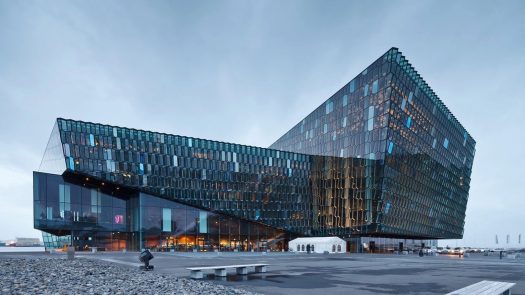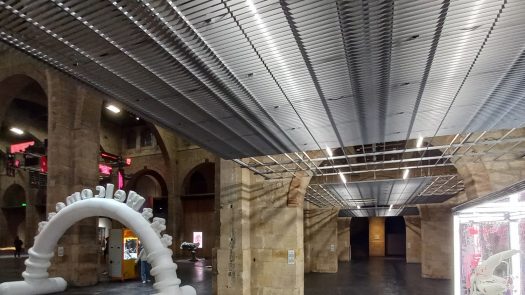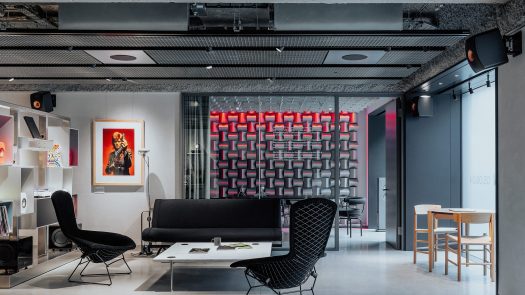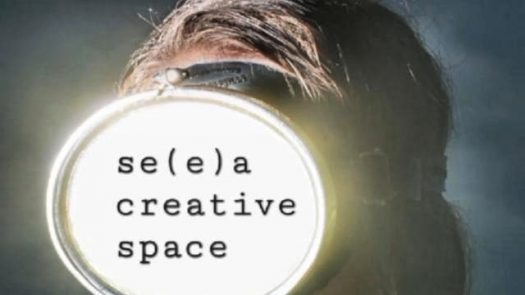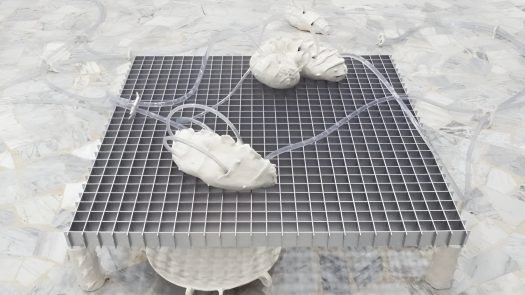Geometry, light, color. Vision, which means not only looking, but rather knowing how to look through, to discover new horizons and perspectives. The bond between CEIR and the art world is so deep because it is authentic, intrinsic in what we do, and it comes from afar, from our origins, from Venice, the city of the Biennale. Since then, art has accompanied us as a source of inspiration all along the way, but we have also been, and continue to be every day, alongside art, its creators and its promoters.
CEIR supports contemporary art because it considers creativity a decisive factor in the economic and social development of any country. It. is also closely linked to the theme of sustainability: investing in art is equivalent to investing in people in a parallel and equivalent direction to the environment, to improve and preserve the world in which we live.
The link between wellness and culture has also been reaffirmed by the WHO in a recent report, which recognizes art has a primary role in the prevention, management and treatment of diseases- So well-being also comes from a need for art and culture, and it is from here that we have to to start to generate social change.
CEIR therefore aims to address social, environmental and economic issues according to the values of sustainable development also through programs aimed at promoting intercultural dialogue, because it is in the mind, in the spirit of men that the defenses of peace and exchange must be placed.
Given the global competitive scenario, we look to innovation and contemporary culture as an essential element in enhancing the most important resource of our time: human capital. For this reason, through “CEIR x Art,” we make ourselves available to artists, curators, museums, foundations and other entities for an exchange of knowledge, experiences, ideas, offering the know-how of a team of Art Consultant Specialists to implement contemporary art projects and initiatives in Italy and around the world.
A milestone in this project was the collaboration with Olafur Eliasson, one of the most famous artists in the contemporary creative scene, who chose CEIR grids to create the façades of the Harpa Concert and Conference Centre Reykjavík. His work won the Mies van der Rohe Prize in 2013, a biennial European competition for contemporary architecture.
The goals we want to achieve with the ‘CEIR x Art’ project are:
Promoting the education of every individual in art as a fundamental human right and as an essential requirement for personality development.
Pursuing artistic cooperation and intercultural understanding, including through support for events and other artistic manifestations.
Protecting freedom of expression as an essential condition for ensuring democracy, development and the protection of human dignity.
